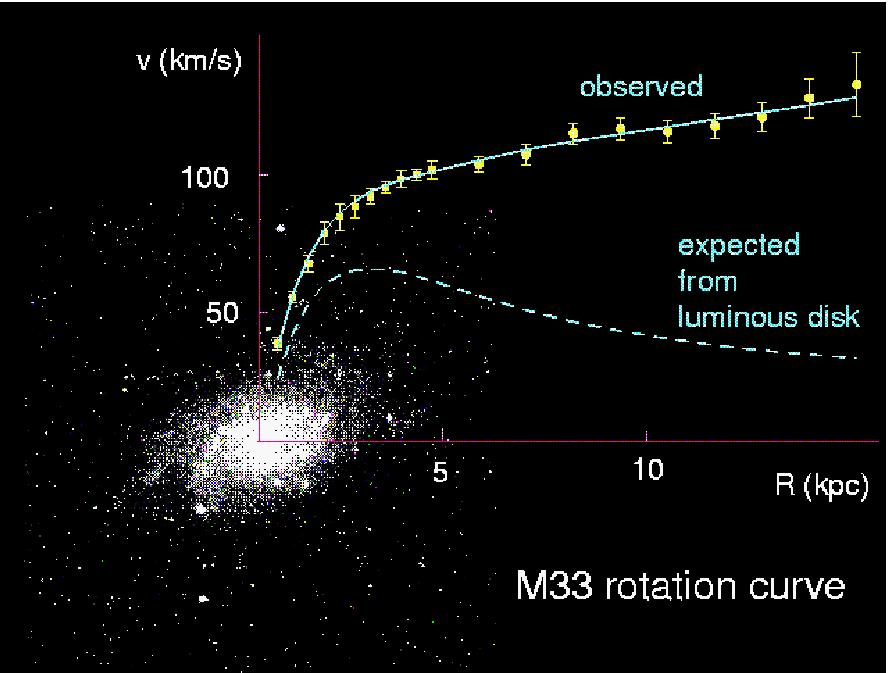Hold the front page. I've just sussed the answer which directly relates to the galaxy rotation curve anomaly

The quick answer is that the moon is migrating towards the equatorial plane of the Earth due to their combined spin. The gravity field of the Earth is stronger on the equatorial plane due to it's more orderly innermost core which exaggerates the non-spherical nature of graviton emission from matter. The inner core of the moon has a similar configuration and so experiences a greater gravitational interaction with the graviton flux pattern of the Earth. It's a long story but a good place to start would be here Reality Was Born Analog But Will Digital Die? by Alan Lowey

The quick answer is that the moon is migrating towards the equatorial plane of the Earth due to their combined spin. The gravity field of the Earth is stronger on the equatorial plane due to it's more orderly innermost core which exaggerates the non-spherical nature of graviton emission from matter. The inner core of the moon has a similar configuration and so experiences a greater gravitational interaction with the graviton flux pattern of the Earth. It's a long story but a good place to start would be here Reality Was Born Analog But Will Digital Die? by Alan Lowey

